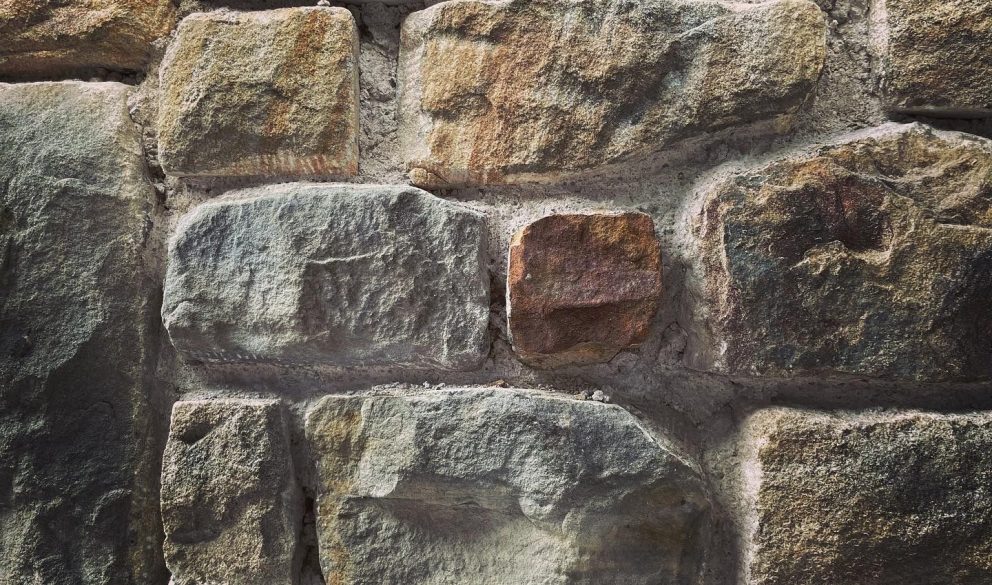At AGM Stone, we’re dedicated to preserving the quality and character of the buildings we work on, from historic properties to newer builds that deserve the same care. One way we ensure this is by often choosing lime mortar over cement. Here’s a closer look at why this is often a far better choice for stonemasonry and the advantages it brings to the table.

Lime mortar is highly breathable, meaning it allows moisture to move through it without trapping it in the masonry. This breathability is vital for any building, but especially for older, solid-walled structures that don’t have modern damp-proofing. Cement, on the other hand, traps moisture, which can lead to damp issues, salt deposits, and frost damage as water becomes trapped within the wall. By using this type of mortar, we help protect the masonry from moisture-related damage, keeping the structure sound for much longer. At AGM Stone, we’ve seen the difference this makes in helping buildings stay resilient and healthy over time.
Unlike cement, which is rigid and prone to cracking as a building settles or shifts, lime mortar has a natural flexibility. It has a low modulus of elasticity, which means it can accommodate minor movements without cracking. This is particularly valuable for older structures or buildings exposed to temperature changes and vibrations. Cement’s rigidity can lead to structural issues as it doesn’t accommodate the natural settling of the masonry. Lime, on the other hand, provides a sympathetic cushion that adapts to these movements, preserving the structural integrity of the building. It’s another reason it is such a trusted material in our work.
When working on historic properties, it’s important to use materials that are compatible with the original construction. Lime mortar is softer than cement, which means it works better with masonry. Instead of wearing down the original stone, it absorbs the impact of weathering, acting as a barrier that protects the stonework from damage. This type of mortar also makes dismantling and restoring sections much easier, as the stones are less likely to be damaged in the process. For delicate restoration work, this compatibility is crucial, and it’s something we prioritise at AGM Stone when choosing materials.
We’re aware of our environmental responsibilities, and using lime mortar is one way we can reduce our impact. The production of lime mortar produces significantly less carbon dioxide than cement. Above this, as lime cures, it reabsorbs carbon dioxide from the atmosphere, therefore lowering its carbon footprint even further. By using lime mortar, we’re choosing a more sustainable material that aligns with our values at AGM Stone.
It has a softer, more traditional appearance than cement, which is perfect for conservation work and adding to the natural beauty of masonry. With lime, the mortar colour can be more varied and allows the natural tones of the stone to come through, which brings out the character and charm of the building. This makes a big difference visually, creating an attractive and authentic finish that cement can’t achieve.

Wall Repoint Using Lime Mortar
Using lime mortar isn’t just about tradition—it’s about choosing a material that respects the building, the environment, and the needs of the structure. At AGM Stone, our choice to work with lime mortars shows our commitment to quality, sustainability, and the long-term protection of masonry buildings. It allows the building to breathe, adapting to seasonal changes and helping prevent issues like dampness and cracking, which extends the life of the structure. It’s a smart, sustainable choice for preserving the integrity of historic buildings.




